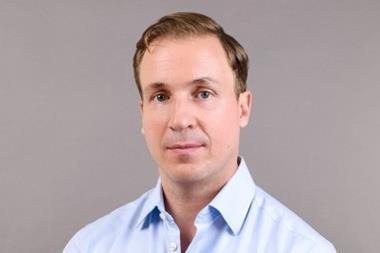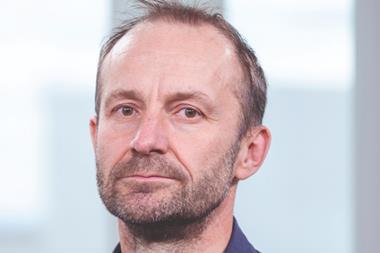Swiss pension funds are for the first time cutting their exposure to US and European government bonds in favour of Swiss corporate bonds, as currency hedging costs spike, said Thomas Breitenmoser, head of investment consulting/controlling at consultancy Complementa.
“We have a strong interest rate difference between Switzerland and abroad, especially in dollars and euros, with high currency hedging costs, especially in bond markets, [which] typically are secured by Swiss pension funds, which invest in Swiss francs, and that looks very unattractive at the moment,” he added, replying to a question by IPE on a call held yesterday to introduce the consultancy’s 2024 risk check up study.
The turnaround in interest rates experienced recently has prompted Swiss schemes to actively re-examine their investment strategies, and to conduct asset liability management (ALM) studies.
Traditional asset classes such as Swiss conventional bonds, which have been consistently reduced in the past seven or eight years, have become more attractive, Breitenmoser added.
Pension schemes are now pondering whether to remain invested in the asset class, rethinking their allocations, especially with an eye to potentially increasing bond investments, said Andreas Rothacher, Complementa’s head of investment research and one of the authors of the study.
However, one of the challenges for Swiss pension schemes is now the inverted yield curve in different markets – with short-term interest rates higher than long-term interest rates – as bond investments are less attractive than money market investments, he added.
Last year, liquidity and fixed income investments increased slightly in Pensionskassen portfolios to 36.7%, from 36.3% the prior year, according to the study.
In 2022, instead, the share of liquid investments (especially fixed income and equities) fell, while the share of illiquid investments (especially real estate) increased, due to poor investment performance, the study added.
Equity allocations also rose to 31.1% last year, from 29.5% in 2022, while alternative investments fell below 10% (9.4%) again. Real estate fell to 22.8%, from 24%.
“What we see is that the demand for infrastructure investments is still very high,” Rothacher said.
Other types of alternative investments such as private equity and private debt are much less in focus for Swiss pension funds, Breitenmoser added.
Pension funds are also reviewing allocations in real estate that are still going through corrections, especially with regard to commercial properties, making adjustments where necessary, Rothacher continued.
Investments abroad remained at the previous year’s level (48.4% in 2023 vs 48.5% in 2022), although slightly less currency-hedging was implemented (current foreign currency ratio: 17.6%, previous year 17.1%), according to the study.
Swiss schemes returned 2.8% in the first four months of 2024. The average funding ratios increased by 3.9 percentage points year-on-year in 2023 to 107.9%, it added.
Looking for IPE’s latest magazine? Read the digital edition here























No comments yet